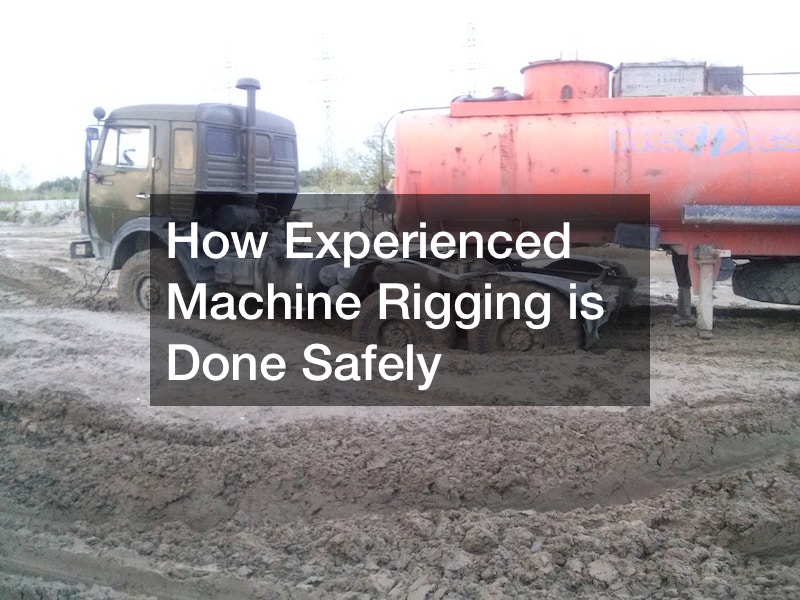
How Experienced Machine Rigging is Done Safely

Moving, loading, and unloading heavy machinery is known as machine rigging. Due to the dangers involved in this process, it’s essential to use the right equipment and methods to ensure on-site safety and minimize workplace hazards. It’s necessary to incorporate best practices and have a well-trained team for these projects.
Before beginning your rigging process, create a plan that details the objective, the line of travel, potential hazards, load weight, and efficiency of the rigging equipment. Ensure that the chosen equipment is well inspected and serviced to prevent a maintenance issue or a workplace accident. Also, ensure that the working area is free from obstruction and confirm the foundation the crane will operate on.
Many hitching options are available, so identify the best choice for a specific project. You may choose between vertical, basket, or choker hitching methods for safe and secure machine rigging. Adding to these types of hitching, you can adjust the angles of lift between 45 and 90 degrees. You may use a vertical lift to distribute weight among multiple slings. However, a 45-degree lift is ideal for logistical reasons. Lastly, conduct inspections of your staff before you start the day’s work.
